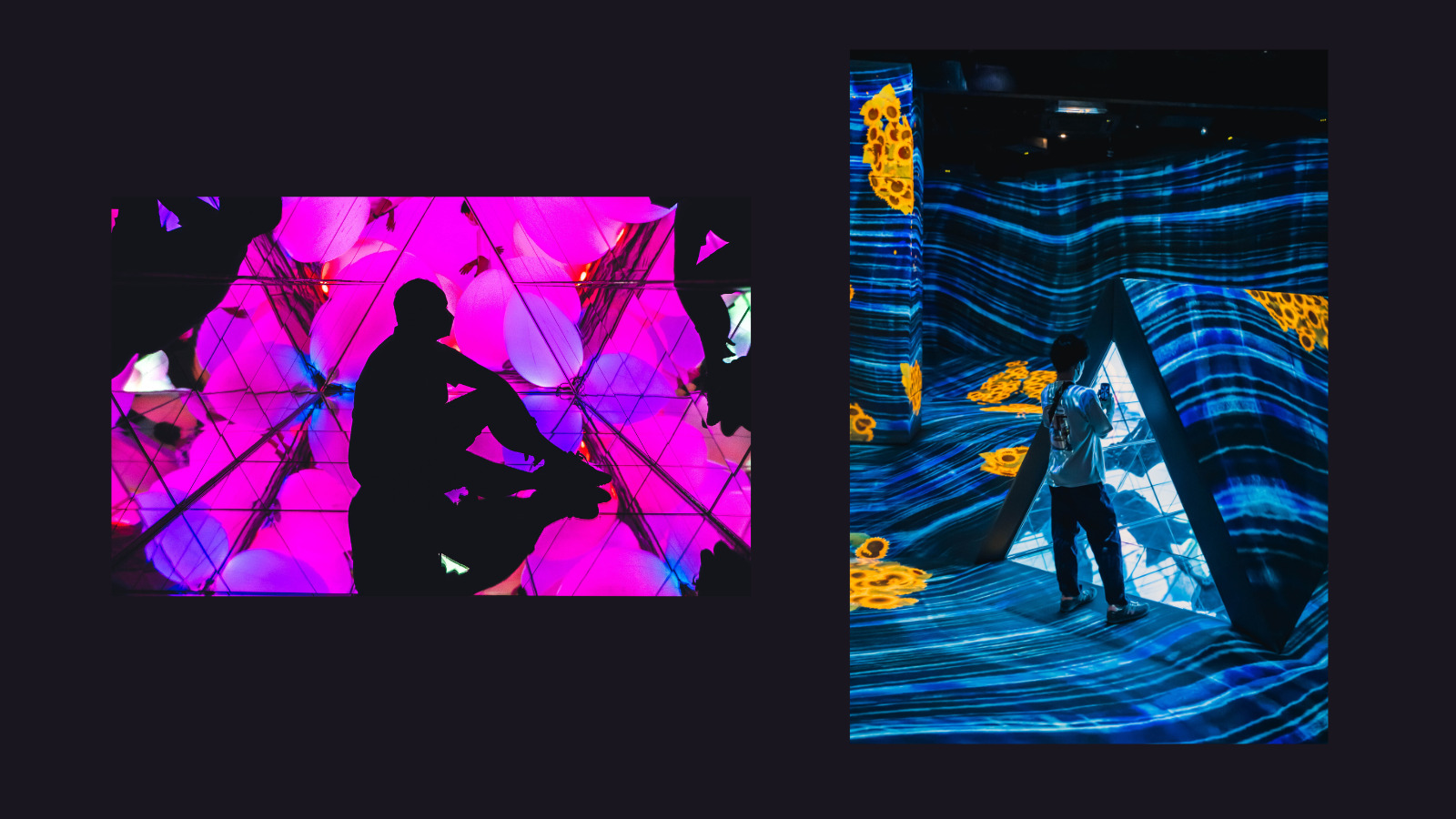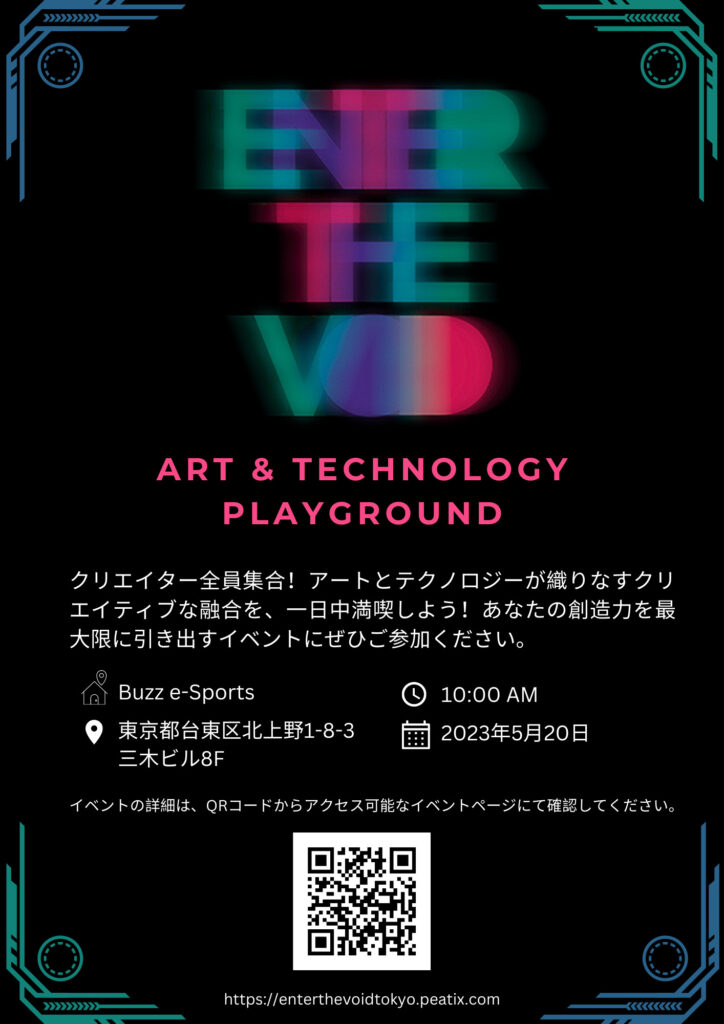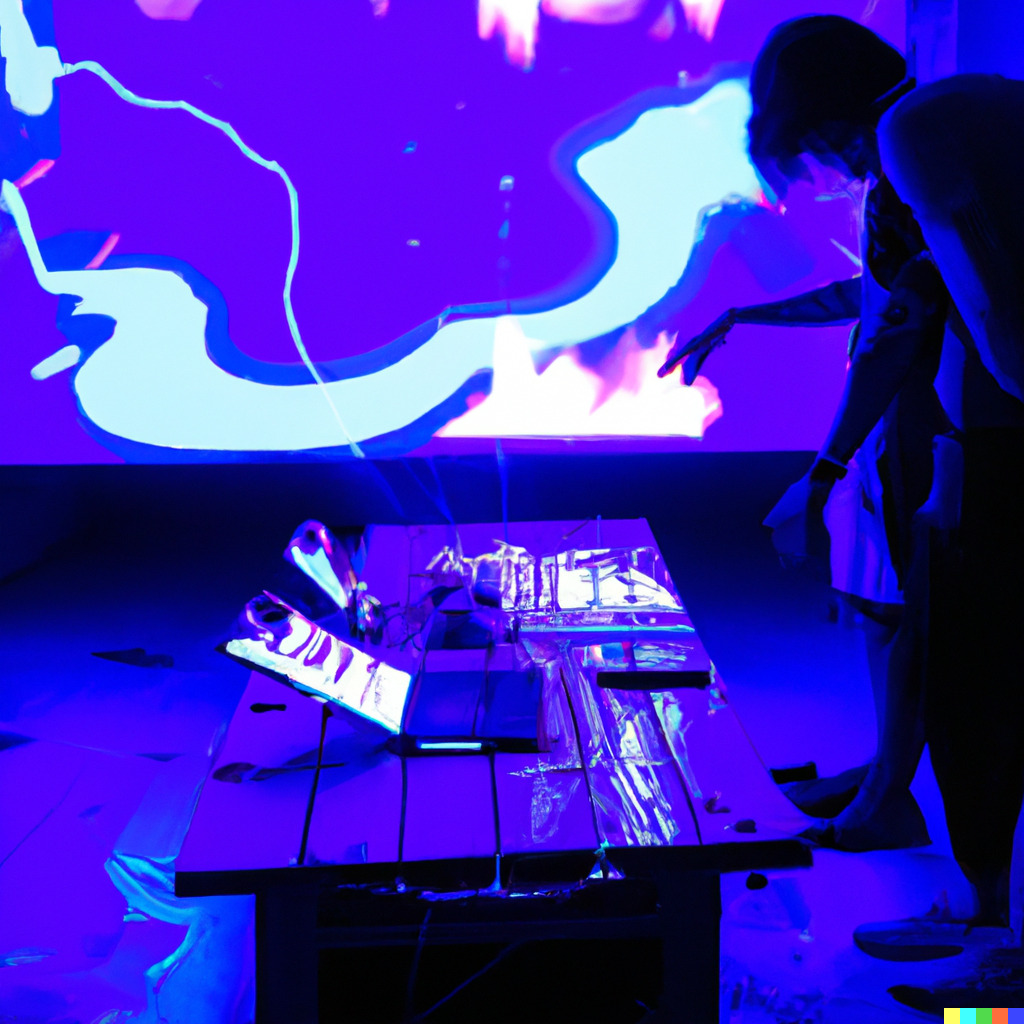
15 May How Technology, Environment, and Collaboration are Changing the Way We See Art
Art viewing has come a long way from the traditional museum visits and art exhibitions. With the advancements in technology, the art industry has taken a giant leap towards the future of art viewing. The integration of technology, collaboration, and culture has opened up boundless possibilities for art enthusiasts and artists alike. The art world is no longer confined to physical spaces and traditional mediums. From virtual reality art exhibitions to online collaborations between artists from different parts of the world, technology has revolutionized the way we perceive and experience art. In this article, we will dive deep into the world of art and technology, exploring the endless possibilities and the impact it has had on the art industry. What could be the future possibilities of art viewing, how emerging technologies, interdisciplinary collaborations, and changing societal dynamics are reshaping the way we engage with art? Let’s discover how technology, collaboration, and culture are changing the art world as we know it.
Introduction to the changing landscape of art
In the ever-evolving world of art, what is considered art has been a subject of debate and conversation. Take teamLab, for instance. At first, I didn’t view their installations as art since they didn’t require traditional artistic skills. But upon further research, I discovered that many art forms have undergone similar transformations throughout history.
Photography, for example, was initially seen as a scientific invention rather than a medium for artistic expression. However, visionaries like Alfred Stieglitz and artistic movements like Pictorialism paved the way for photography to be recognized as a legitimate art form.
Similarly, street art and graffiti were once regarded as acts of vandalism. Yet, artists like Jean-Michel Basquiat and the graffiti art movement challenged these notions, showcasing the value of street art as a form of artistic expression.
Performance art, with its live actions and interactions, was often seen as transient and not substantial enough. However, influential artists like Marina Abramović and the Fluxus movement brought performance art to the forefront, demonstrating its unique and powerful nature.
These examples clearly shows how our perceptions of art have evolved over time, embracing new forms and pushing boundaries. As we explore the changing landscape of art, we must continue to question and redefine what constitutes art, opening ourselves to new possibilities and unconventional expressions.

 The role of technology in revolutionizing art
The role of technology in revolutionizing art
Some of the examples that changing the lanscape of art is the use of technology. Lately I had an interesting conversation with a student who studies phylosophy and art, who reveals a surprising secret: she uses technology as her primary artistic medium. Why? Simply because she doesn’t have a fortune to spend on art supplies. This got me thinking: the revolution has already begun!
Gone are the days when creating art was limited to traditional materials and techniques. With the rapid advancement of technology, artists are embracing digital mediums and exploring their boundless creative possibilities. It’s like a new wave of artistic expression accessible to all, breaking free from the confines of wealth and prestige.
What was once dismissed as “not real art” has become a powerful and respected form of creative expression. Through computers, software, and innovative digital tools, artists can now paint with pixels, sculpt in virtual reality, and create breathtaking animations with a few clicks.
The democratization of art has never been more evident. With technology at our fingertips, anyone can become an artist, unleashing their creativity without financial barriers. No longer is art confined to a privileged few; it has become a realm of exploration and self-expression for all who dare to venture into the world.
The impact of collaboration in new art making
How can one person learn all the ways to express art, and who says art has to be a solitary endeavor? In today’s ever-evolving art world, collaboration is the name of the game! Take a look at ArtNetLab, a dynamic program that brings together fine-art students and computer science enthusiasts at the University of Ljubljana in Slovenia. Together, they embark on a journey to create groundbreaking art projects that fuse new media, interactive elements, and emerging technologies. It’s a fusion of art and technology that pushes boundaries and sparks innovation.
As new media and technologies continue to transform the art landscape, collaborations between artists and computer scientists are becoming increasingly common. The result? A whole new realm of possibilities where art takes on interactive forms, inviting viewers to become active participants in the creative process. No longer passive observers, we now have the power to shape and contribute to the meaning behind the artwork itself.
 On May 20th, we are hosting a event in Tokyo that aims toblurs the boundaries between art and technology. Enter the Void – Art and Tech Playground is not just a gathering; it’s a convergence of brilliant minds from all fields. Our mission is simple yet ambitious: to foster collaboration, spark creativity, and redefine the very essence of art.
On May 20th, we are hosting a event in Tokyo that aims toblurs the boundaries between art and technology. Enter the Void – Art and Tech Playground is not just a gathering; it’s a convergence of brilliant minds from all fields. Our mission is simple yet ambitious: to foster collaboration, spark creativity, and redefine the very essence of art.
At Enter the Void, we bring together creatives, artists, technologists, and visionaries to form a vibrant community where ideas collide and innovation flourishes. Through collaborative brainstorming sessions and shared experiences, we challenge the conventional notions of art and explore uncharted territories of creative expression. We believe that true brilliance emerges when diverse minds and talents converge, and that’s why we encourage interdisciplinary collaborations that break down barriers.
While the art world may have traditionally celebrated the solitary artist, and we dont deny that but we also champion the power of collaboration. By embracing diverse perspectives and merging expertise from different fields, we unlock new possibilities and push the boundaries of what art can be. Together, artists and technologists forge a path towards uncharted artistic territories, harnessing the immense potential of technology to create something new. Through workshops, exhibitions, and thought-provoking discussions, we encourage participants to think outside the box, challenge existing paradigms, and collaborate fearlessly.
The future of art viewing
In a world where art and technology intertwine, the future of art viewing holds a world of possibilities, brimming with excitement and innovation. Traditional gallery spaces, once known for their static displays, are now embracing the wave of technological advancements to create immersive and interactive experiences like never before.
Imagine stepping into a gallery and finding yourself experiening art through differetn layers of realities, where the boundaries between art and reality blur. Virtual reality and augmented reality displays are transforming the way we engage with art, allowing us to explore imaginary worlds, interact with digital creations, and immerse ourselves in breathtaking experiences. As we put on the VR headset or interact with AR installations, we become active participants, shaping the narrative and giving life to the artwork in ways we never thought possible.
But the future of art viewing doesn’t stop there. The rise of interactive art has brought about a whole new level of engagement, where viewers are part of the artistic element and contribute to its meaning.
As artists embrace emerging technologies and embark on interdisciplinary journeys, they expand the possibilities of their art forms. They break free from the confines of traditional mediums and step into uncharted territories, where imagination knows no bounds. By doing so, they not only captivate the hearts and minds of art enthusiasts but also attract a wider audience eager for new and innovative art experiences.
As the platform for art evolves, artists must remain open to new ideas and collaborations. They become pioneers of the artistic landscape, fearless in their pursuit of groundbreaking creations. In this ever-evolving world, artists hold the key to unlocking the extraordinary, sparking conversations, and inspiring profound emotions.
In today’s world, going into an art gallery is no longer just about looking at paintings or sculptures on display. It is also about the experience of being immersed in the art, the environment, and the culture that surrounds it. How you choose to view the art is also a choice that impacts the overall experience. Do you want to take a step back and view the art from a distance, or do you want to get up close and examine the intricate details? Do you want to read the labels and learn more about the artist’s intentions, or do you want to form your own interpretation of the artwork?
Today, I stumbled upon an intriguing article about an art show that was intentionally designed to invite everyone to touch the artwork in any way they desired.
Moreover, simply standing inside a white cube gallery is no longer enough to engage today’s audience. Instead, galleries are adapting to create more immersive experiences that capture the imagination of visitors. This can include incorporating multimedia elements, interactive installations, and even virtual reality displays. For example, the Museum of Modern Art in New York City recently opened an exhibit that explores sound as an art form, where visitors can listen to audio installations and learn about the history of sound art. The exhibit provides a sensory experience that goes beyond just viewing art on a wall.
Ultimately, going to an art gallery is a choice that offers the opportunity to engage with art in a unique and personal way. Whether it’s a traditional white cube gallery or an immersive multimedia experience, the art world is constantly evolving to provide new and exciting ways to experience art.


 The role of technology in revolutionizing art
The role of technology in revolutionizing art